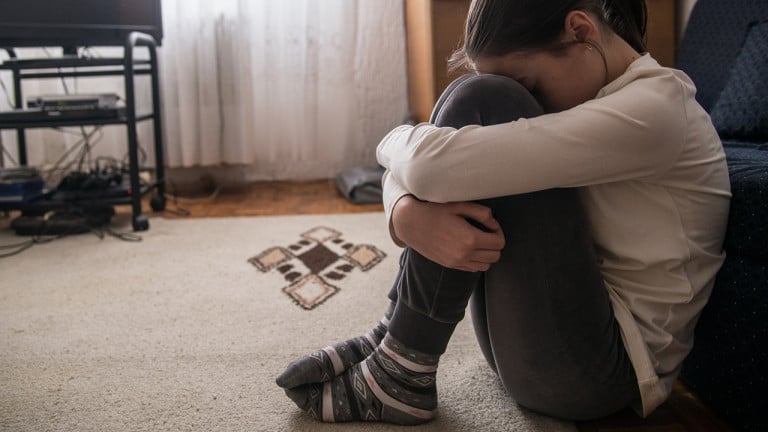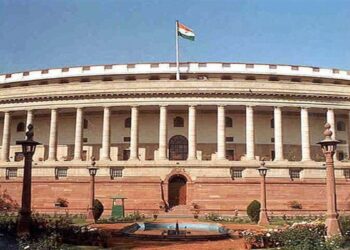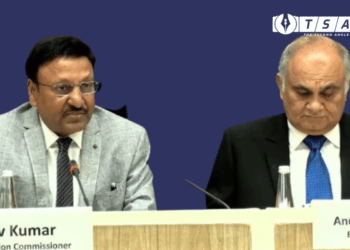Each suicide is a personal tragedy that ends an individual’s life too soon and has a long-term impact on the lives of their families, friends, and communities. In our country, almost a million people commit suicide each year. Suicides can be caused by a variety of factors, including professional or career issues, feelings of loneliness, abuse, violence, family issues, mental diseases, alcohol addiction, financial loss, chronic pain, and so on. NCRB gathered statistics on suicides from police reports.
Suicides among students have been a severe issue. With the number of instances rising every year, it’s becoming more important than ever to figure out why.
In 2020, a total of 1,53,052 suicides were reported in the country, a rise of 10.0 per cent over 2019, while the suicide rate climbed by 8.7% over 2019. For non-census years, the rate of suicides was computed using a predicted population. However, for the census year 2011, the population from the Census 2011 Report was utilized.

According to data published by the National Crime Records Bureau (NCRB), more students died in 2020 than in 2019. Suicides among students increased from 10,335 in 2019 to 14,825 in 2020. During this time, their share of total suicides increased from 7.4% to 8.2%, according to NCRB research.
Student suicides reached a record high of 12,526 in 2020, accounting for 8.2% of all deaths, while farmer suicides remained stable at 7.4% in 2019 and 2020. The highest number of deaths occurred in Odisha, where 1,469 students committed suicide, a 287 per cent increase over the previous year’s 379 deaths. Odisha was second only to Maharashtra in terms of student suicides, with 1,648 young people taking their own lives. In Telangana, however, 489 students died in 2018, compared to 426 in 2019.
According to the latest data from the National Crime Records Bureau, India has reached a new high of 12,526 student suicides. Since 2019, the percentage has surged by 21.19 per cent.

According to data collected since 1995, over 1.8 lakh students have committed suicide, with 2020 having the greatest number.
According to a survey, the majority of suicides in India occur between the ages of 15 and 29. Exam failure, family expectations, substance misuse, unemployment, and poverty are all significant causes of suicide in this age group. The problem has got even worse with Covid-19. According to psychologists, the issue of mental health as a result of the Covid-19 lockdown, remaining indoors, and emotional isolation are all plausible factors.
“We’ve seen a significant increase in the number of calls we’ve received at our helpline number. Because we have age-specific data, we can see that the number of calls from teenagers was greater, at 26% for those under the age of 20,” said T. Ushasree.
Ushasree, director of Roshni, an NGO that assists people with suicidal thoughts, told the Hindu that the highest share of calls came from those in the 20-45 age group, at 64 per cent.

The sharp increase in suicides defies hopes that the cancellation of exams due to COVID-19 would reduce stress.
Ms Ushasree explained that the students are usually concerned about the exam and its outcome. In 2020, however, there remains a lot of doubt regarding everything. The younger students were concerned about their transition to the next grade. The older ones are concerned about their profession and job prospects.
“Schoolchildren had to deal with tension and worry while staying at home last year, which was incredibly painful for them,” said a suicide helpline volunteer.

This statistic comes as a surprise to many in a pandemic year when the country’s two primary educational boards suspended all exams for all pupils and nearly everyone was promoted to the next class.
Furthermore, over the last seven years, 122 students from central government-run higher education institutes, including the IITs and IIMs, have committed suicide, with about half belonging to marginalized castes or tribes. This comprised IITs, IIMs, IIScs, IISERs, IIITs, and other central government institutes.
Also Checkout: Marital rape reignites the debate of consensual sex inside a marriage












